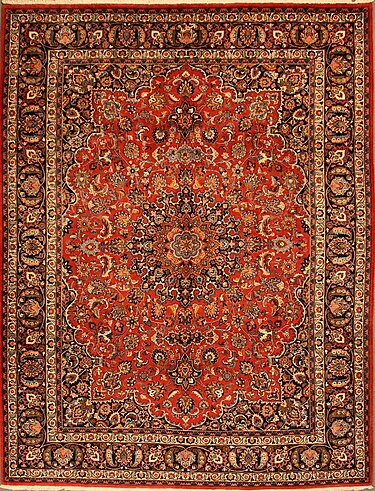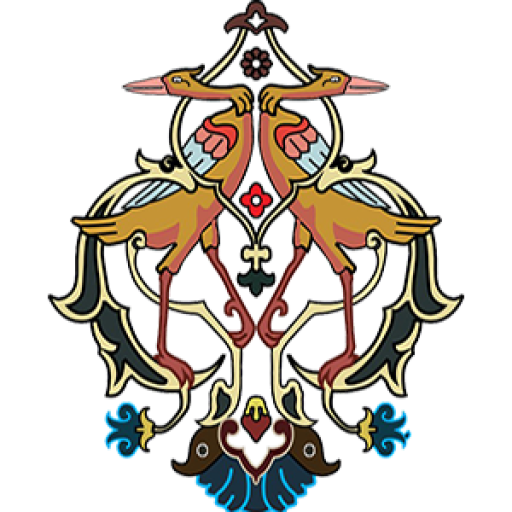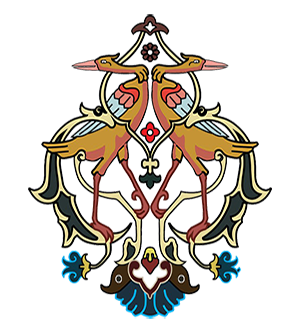History of Handwoven Rugs of Yazd
Rug weaving in Yazd has a long history, dating back centuries. Historical records suggest that rug weaving in this region began during the Safavid era, if not earlier. However, it was during the Qajar period that Yazd rugs gained international fame. At that time, Yazd’s strategic position on trade and cultural routes allowed its rugs to be exported to many countries, resulting in growing recognition.
Yazd also became a center for large-scale carpet production during the Qajar and Pahlavi periods, with many workshops dedicated to the craft. The weavers of Yazd, due to their exceptional skills, were able to create exclusive designs that remain highly regarded in the world of carpets today.






